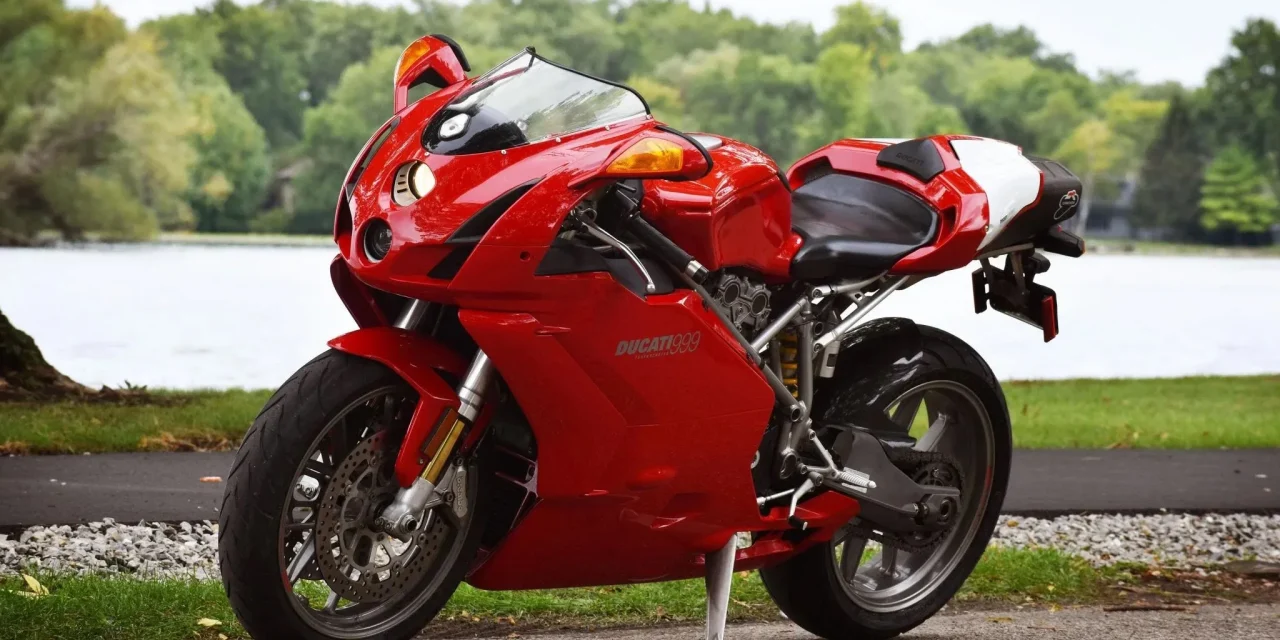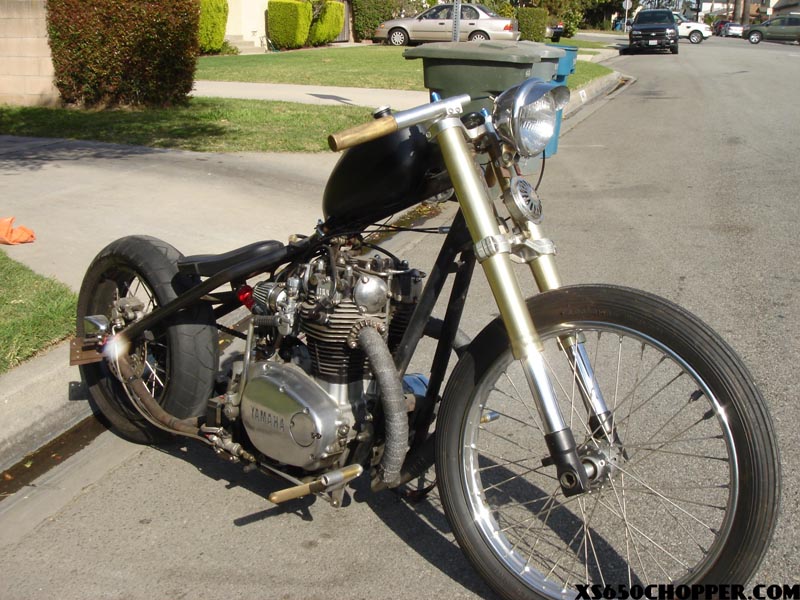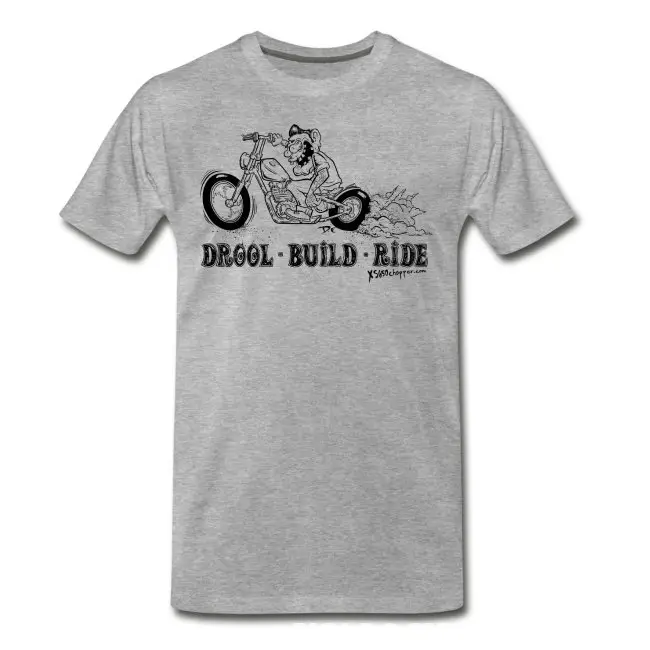Ducati motorcycles have a storied history of performance, design, and racing success that has cultivated a passionate fan base. However, not all models have lived up to the brand’s prestigious reputation. One such model that has sparked controversy and criticism is the subject of our examination today.
This article is inspired by a detailed video analysis that delves into the reasons behind the disdain for this particular Ducati model. The video provides an in-depth look at the motorcycle’s history, design, and performance, offering a perspective that is both informative and critical. If you’re curious to see the video that sparked this discussion, be sure to check it out for a complete understanding of the points we will explore:
1. A Divisive Design
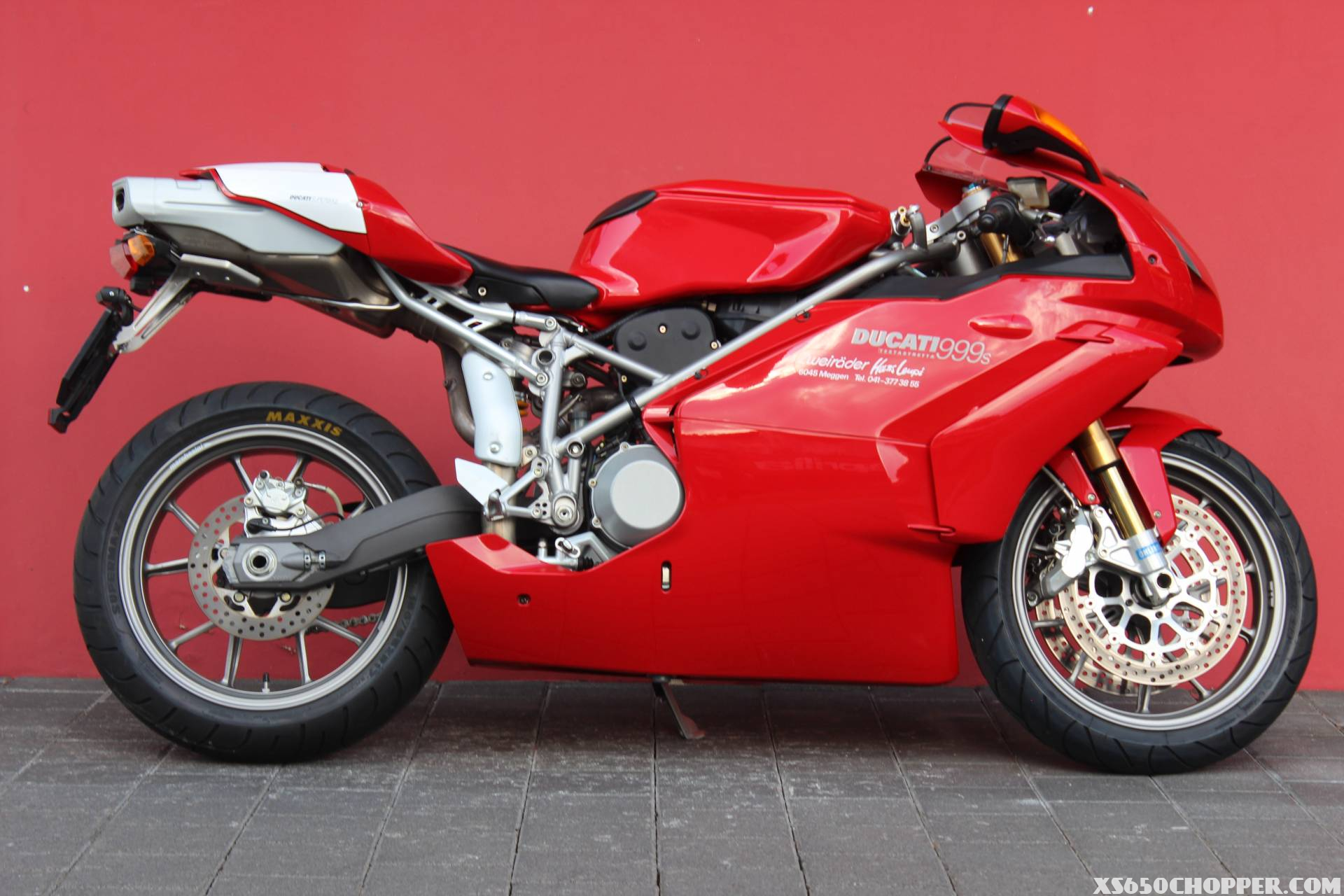
The design of a Ducati is as much a signature of the brand as its performance. When the 999 was released, it deviated significantly from the design language that had been established by its predecessors, particularly the iconic 916. The 999’s design was a bold step away from the curves and allure that had become synonymous with Ducati, opting for a more angular and functional appearance. This functional approach was intended to improve the bike’s usability and comfort, but it came at the cost of the aesthetic appeal that Ducati enthusiasts had grown to love.
The 999’s design was not just a departure from Ducati’s traditional styling cues; it was a complete overhaul. Every aspect of the bike was reimagined, from the stacked headlights to the bodywork that was shaped by wind tunnel testing. While these changes were rooted in improving the bike’s performance and rider comfort, they did not resonate with a significant portion of Ducati’s customer base. The result was a motorcycle that, while innovative, was seen by many as lacking the soul and beauty of its predecessors.
2. Performance Misconceptions
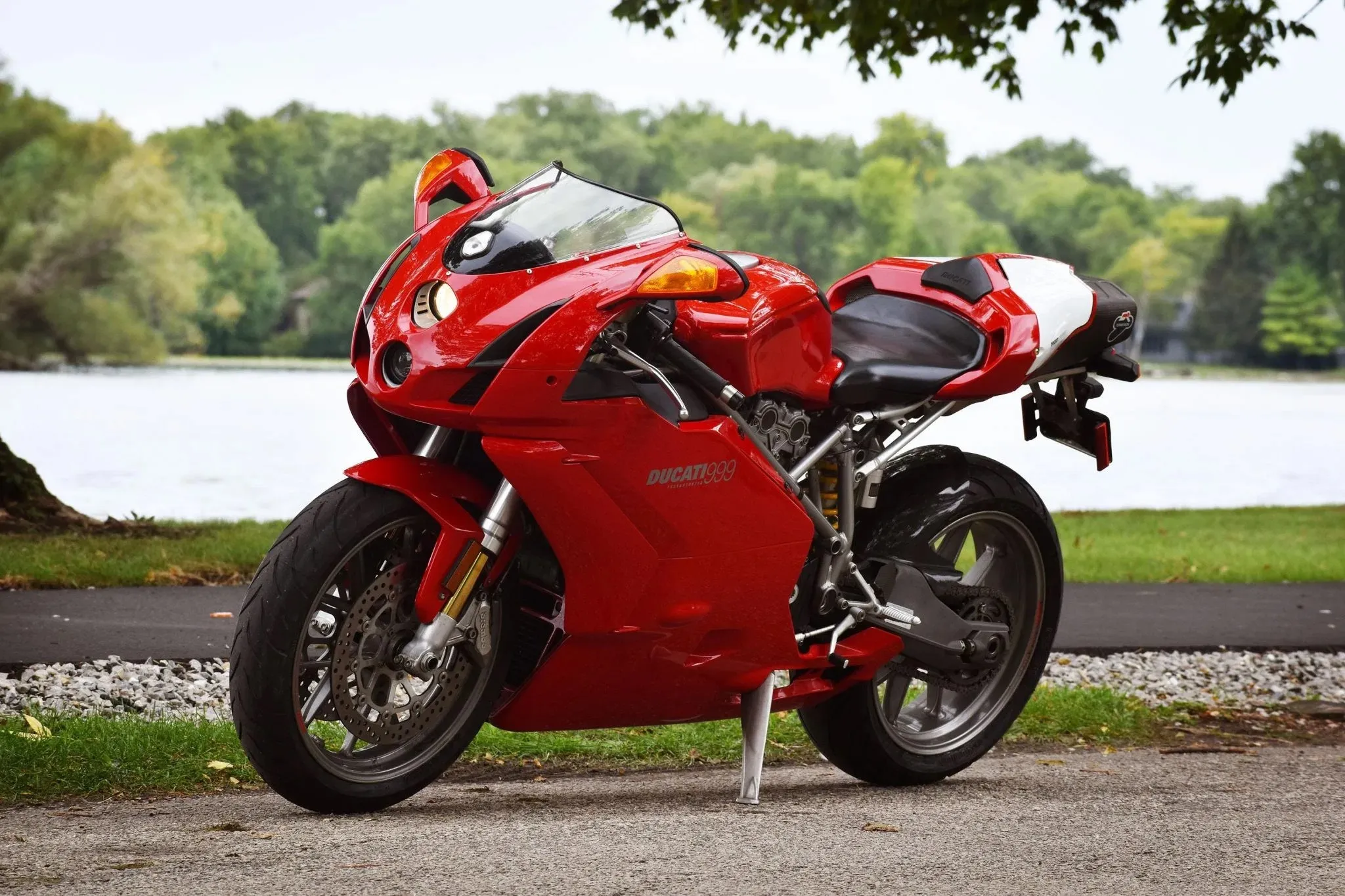
Despite Ducati’s efforts to push the envelope with the 999, the bike’s performance was often overshadowed by its controversial design. The 999 was powered by Ducati’s new Testastretta engine, which was an evolution of their previous power plants. It was designed to be a high-revving, shorter-stroke engine that offered a significant step forward for the brand. However, even with its advanced engineering, the 999’s horsepower figures were slightly less than some of its high-revving contemporaries, like the Fireblade.
The misconception about the 999’s performance stemmed from comparisons with other sportbikes of the era that focused solely on peak horsepower numbers. However, the 999’s strength lay in its torque delivery, which was more robust and available at lower RPMs. This characteristic made the 999 a formidable machine on the track and a more manageable ride on the streets. Unfortunately, the fixation on outright horsepower figures meant that the 999’s real-world performance advantages were often overlooked.
3. Unfortunate Timing
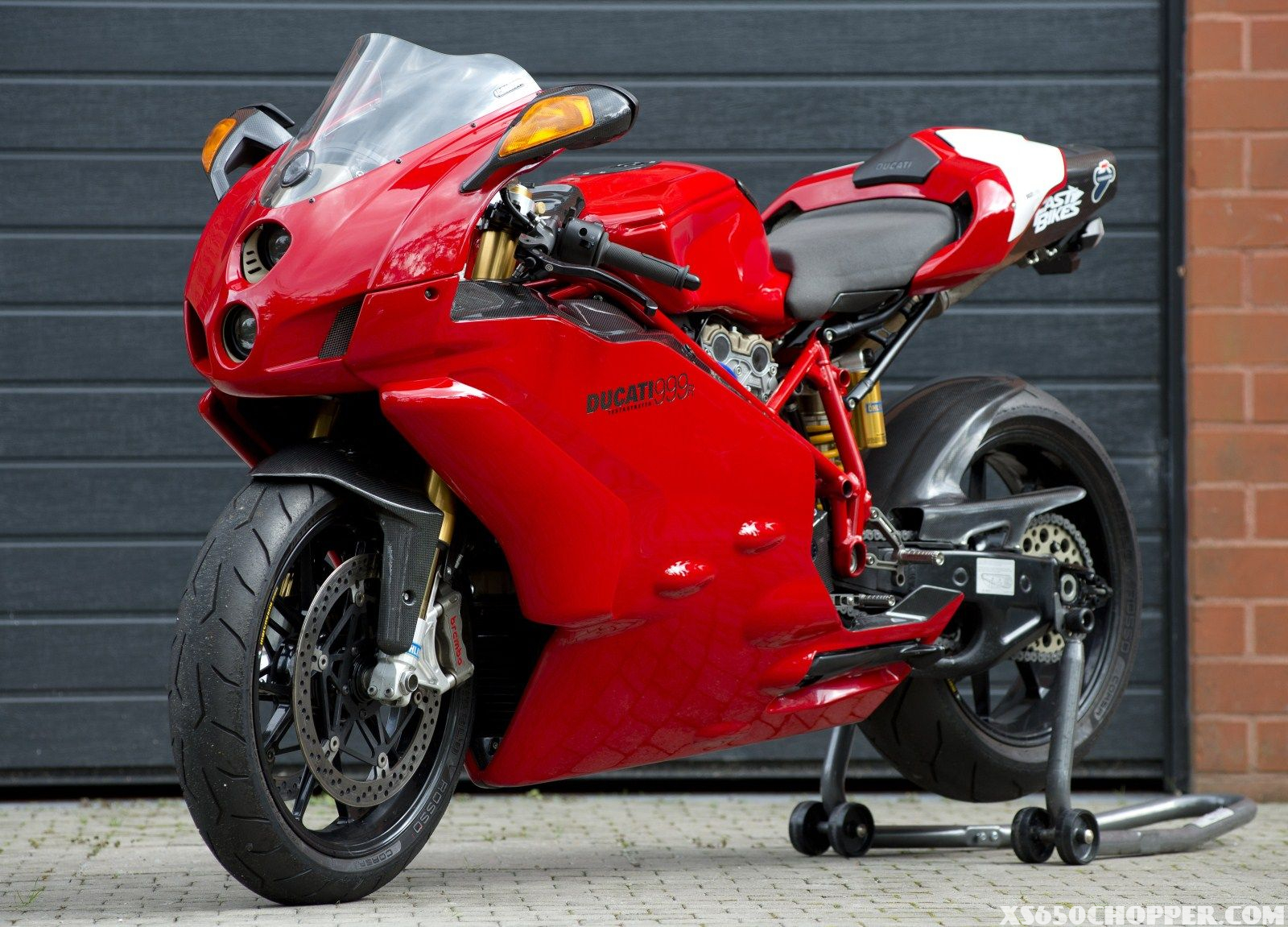
The release of the Ducati 999 coincided with a period in the motorcycle industry where retro and cafe racer styles were surging in popularity. Riders were looking back to the classics, seeking designs that evoked nostalgia and a sense of heritage. The 999, with its forward-thinking and modern approach, clashed with this trend. It was a motorcycle that was designed to be ahead of its time, but its timing meant it was at odds with the prevailing sentiment among motorcycle enthusiasts.
This unfortunate timing extended to the broader automotive trends of the early 2000s. While Ducati was attempting to innovate and set new standards, the market was not necessarily receptive to such radical changes. The 999’s design, which was meant to be timeless and last well into the future, ended up being too much of a departure from what riders expected from a Ducati. This misalignment with market trends contributed to the 999’s struggle to gain acceptance.
4. Legacy and Heritage Overlooked
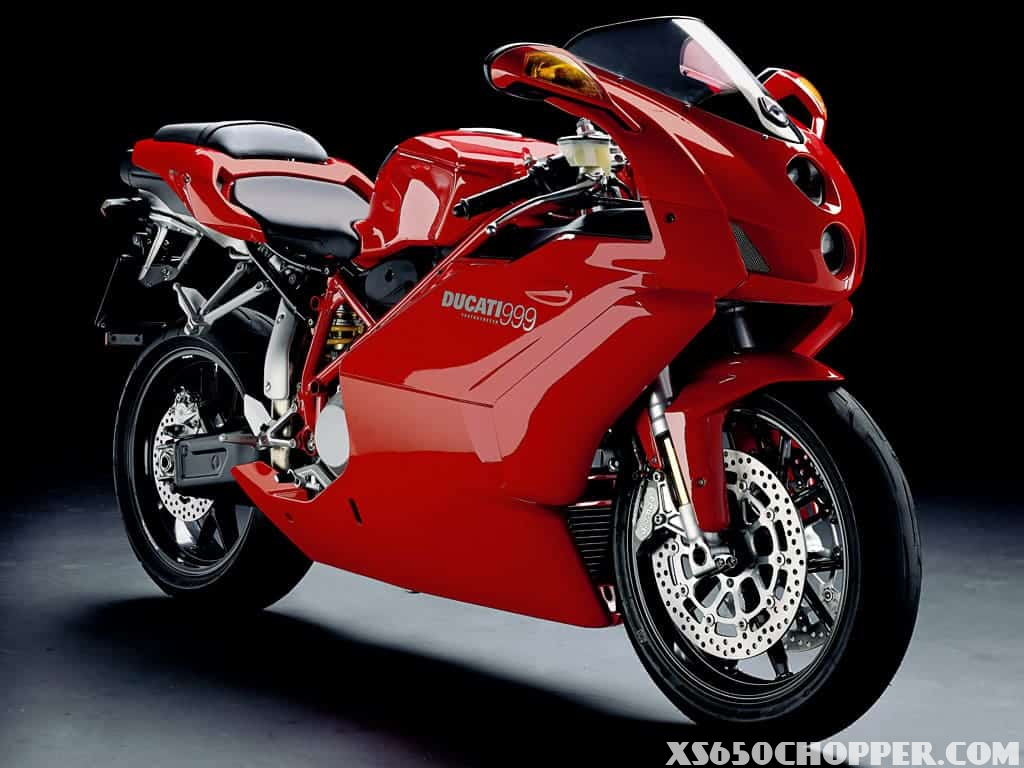
Ducati’s legacy and heritage are integral to its brand identity. The 999, however, was seen by many as a break from this tradition. The motorcycle’s design and engineering choices, while innovative, did not pay homage to Ducati’s storied past. This was particularly evident when compared to the 916, which was not only a design icon but also a symbol of Ducati’s racing success and Italian craftsmanship.
The 999’s focus on functionality and modernity meant that it did not carry the same emotional weight as other models in Ducati’s lineup. For many Ducatisti, the emotional connection to their motorcycles is as important as the riding experience itself. The 999’s failure to evoke this sentiment was a significant factor in its lack of acceptance within the Ducati community.
5. The Curse of Expectations
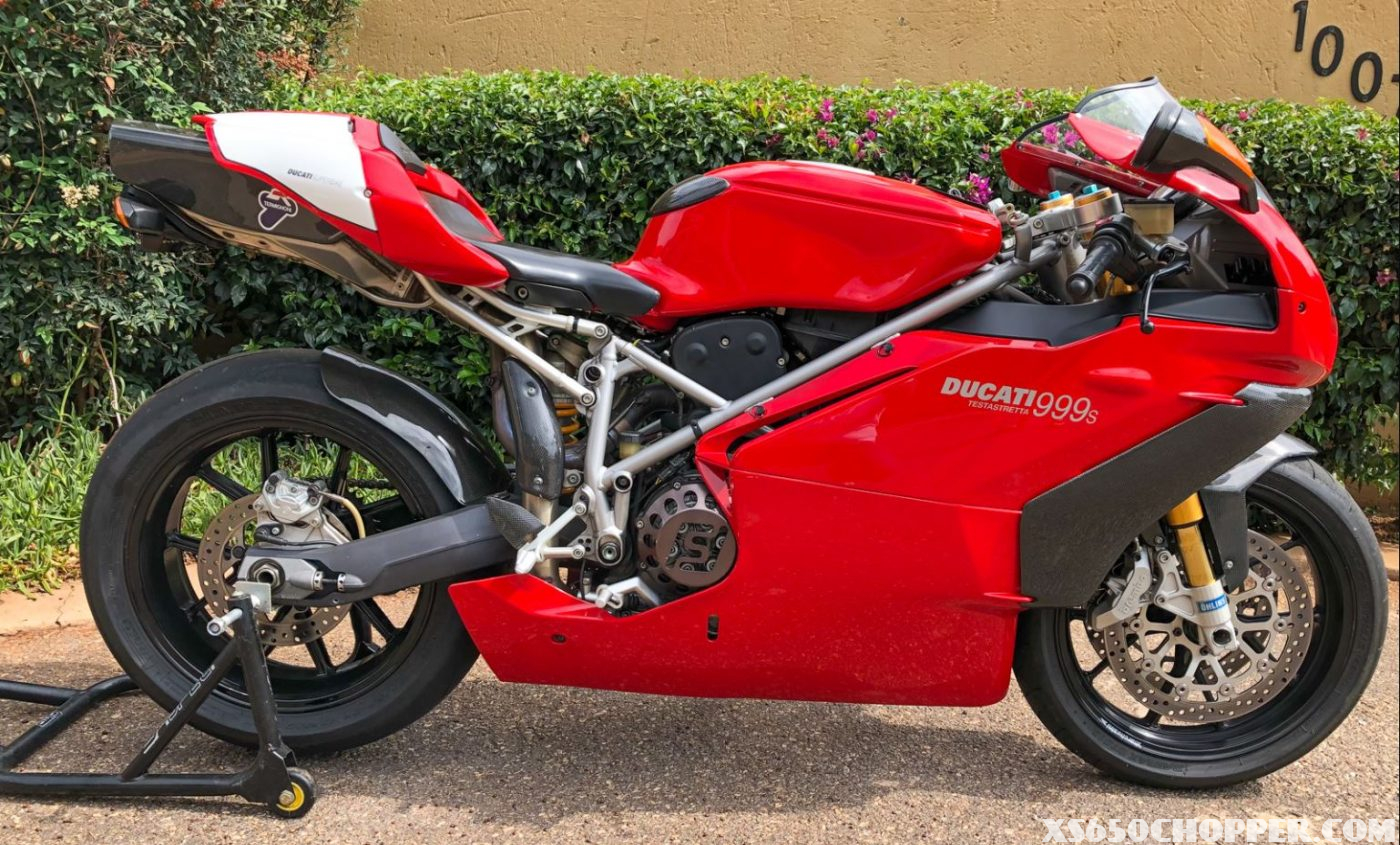
Ducati fans have high expectations when it comes to new models, and the 999 was burdened with the task of following one of the most beloved motorcycles in history—the 916. The 916 was not only a design masterpiece but also a highly successful racing machine. The 999 was expected to carry on this lineage, but its radical departure in design led to a disconnect with fans who were hoping for a more evolutionary approach.
The expectations placed on the 999 were not just about maintaining the aesthetic standards of the brand but also about continuing Ducati’s dominance in racing and performance. While the 999 did achieve success on the racetrack, winning multiple World Superbike titles, its design overshadowed its achievements. The weight of these expectations and the initial negative reactions to the bike’s appearance made it difficult for the 999 to establish its own legacy.
6. A Complicated Relationship with Comfort
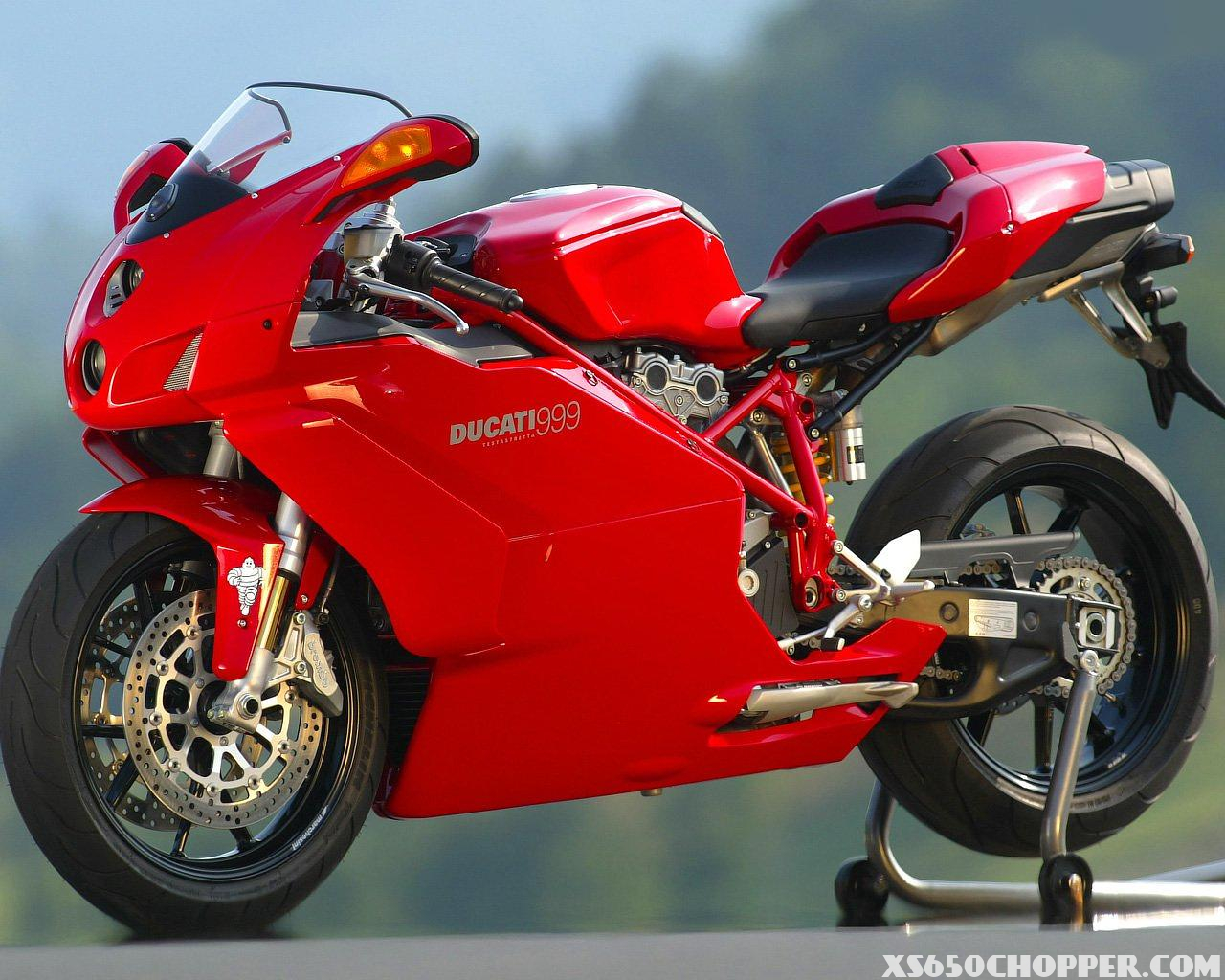
One of the key design goals for the 999 was to create a sportbike that was both high-performing and comfortable. This was a departure from the notoriously uncomfortable riding positions of previous Ducati sportbikes. The 999 featured a lower seat height, adjustable ergonomics, and a design that aimed to integrate the rider more seamlessly with the machine.
However, the pursuit of comfort in a segment known for its aggressive and uncompromising nature was met with mixed reactions. While some riders appreciated the improved ergonomics, others felt that a Ducati sportbike should not prioritize comfort over performance. This complicated relationship with comfort contributed to the perception that the 999 was not a true Ducati at heart.
7. The Swingarm Controversy
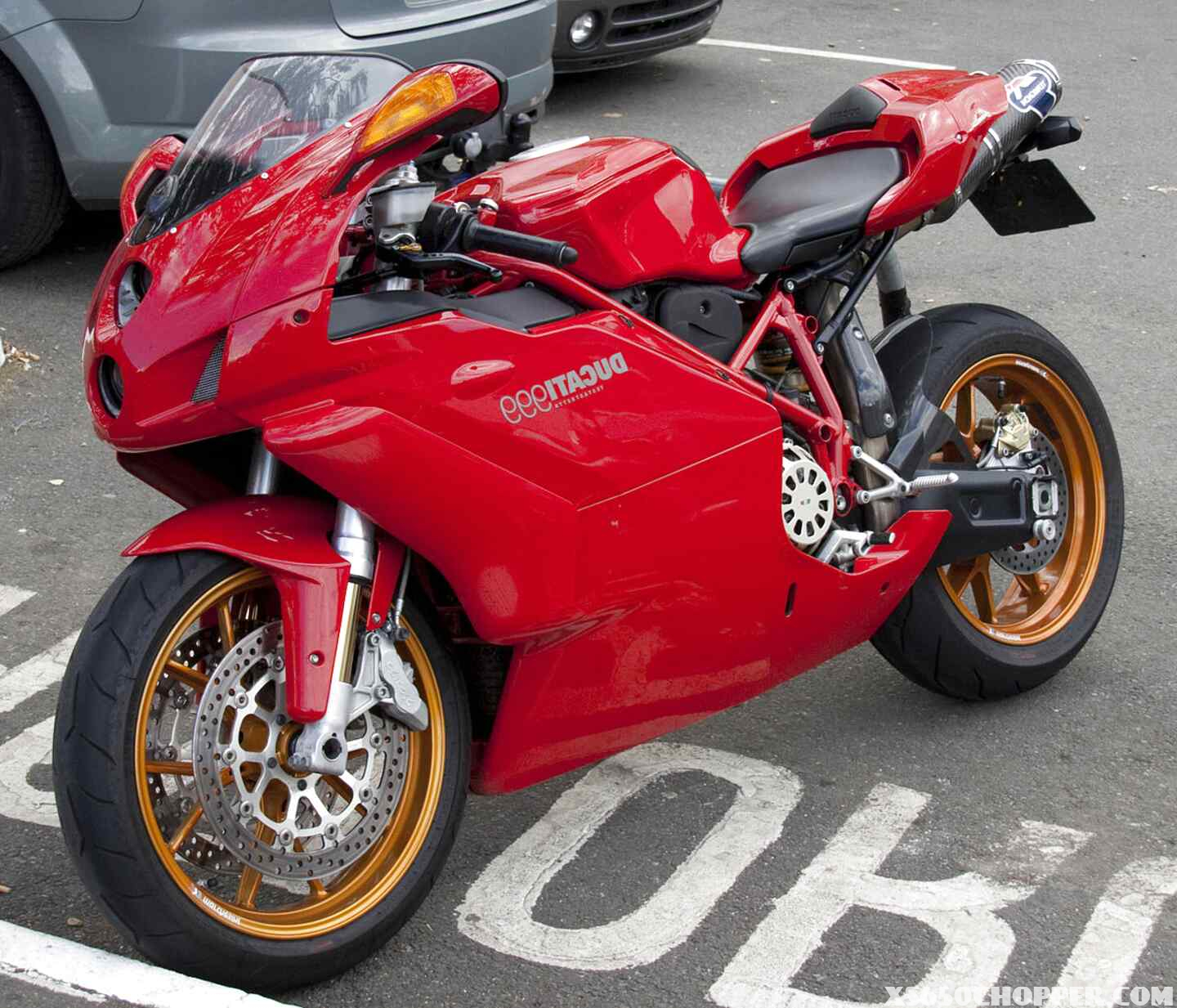
The choice to equip the 999 with a double-sided swingarm was a practical one, aimed at simplifying maintenance and reducing the number of parts. However, this decision was met with criticism from Ducati purists. The single-sided swingarm had become a hallmark of Ducati’s design language, offering not just functionality but also a distinctive look that set Ducati motorcycles apart from the competition.
The double-sided swingarm on the 999 was seen as a step back in terms of design and a departure from what made a Ducati visually unique. This change, although minor in the grand scheme of the motorcycle’s engineering, became a symbol of the 999’s break from tradition and further fueled the negative sentiment towards the bike.
The Ducati 999’s story is a complex one, marked by bold decisions, innovative engineering, and a challenging reception. While it may not have been embraced by all, it remains an important chapter in Ducati’s history, offering valuable lessons about the delicate balance between innovation and tradition in the world of motorcycle design. Whether you view the 999 as a misunderstood masterpiece or a misstep in Ducati’s storied lineage, its tale is a reminder of the risks and rewards that come with pushing the boundaries of convention.
The 999’s journey from inception to its place in Ducati’s heritage is a testament to the brand’s willingness to experiment and evolve. Despite the controversy, the 999 contributed to the evolution of sportbike design and performance, challenging the norms and setting the stage for future developments.
The conversation around the Ducati 999 continues to this day, with opinions as strong as ever. Some have come to appreciate the bike’s qualities over time, while others remain steadfast in their initial impressions. Regardless of where you stand, the Ducati 999 is undeniably a significant motorcycle that sparked debate, influenced design, and left an indelible mark on the world of motorcycling.

